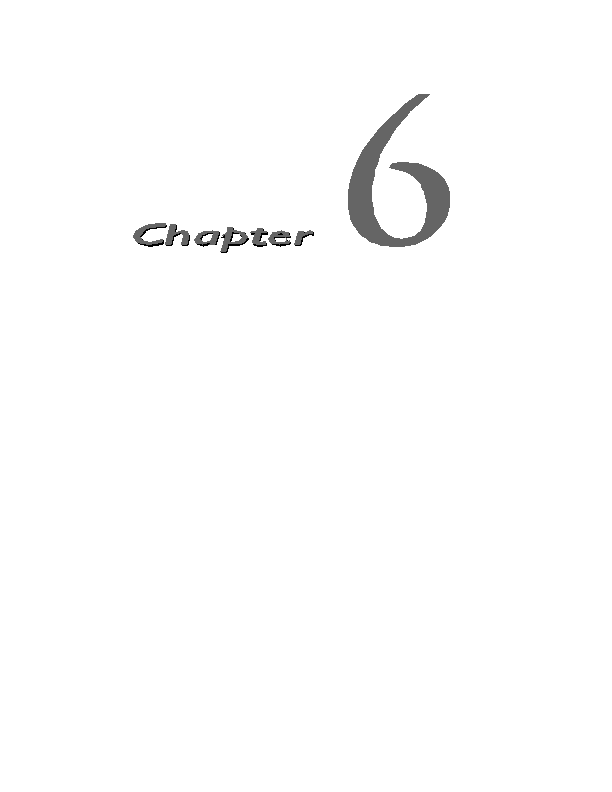
Prentice Hall and Sun Microsystems. Personal use only; do not redistribute.
Chapter
hen a Web server responds to a request from a browser or other
Web client, the response typically consists of a status line, some
W
response headers, a blank line, and the document. Here is a
minimal example:
HTTP/1.1 200 OK
Content Type: text/plain
Hello World
The status line consists of the HTTP version (
HTTP/1.1
in the example
above), a status code (an integer; 200 in the above example), and a very short
message corresponding to the status code (
OK
in the example). In most cases,
all of the headers are optional except for
Content Type
, which specifies the
MIME type of the document that follows. Although most responses contain a
document, some don't. For example, responses to
HEAD
requests should
never include a document, and there are a variety of status codes that essen
tially indicate failure and either don't include a document or include only a
short error message document.
Servlets can perform a variety of important tasks by manipulating the sta
tus line and the response headers. For example, they can forward the user to
other sites; indicate that the attached document is an image, Adobe Acrobat
file, or HTML file; tell the user that a password is required to access the doc
ument; and so forth. This chapter discusses the various status codes and what
123
footer
Our partners:
PHP: Hypertext Preprocessor Best Web Hosting
Java Web Hosting
Jsp Web Hosting
Cheapest Web Hosting
Visionwebhosting.net Business web hosting division of Web
Design Plus. All rights reserved

